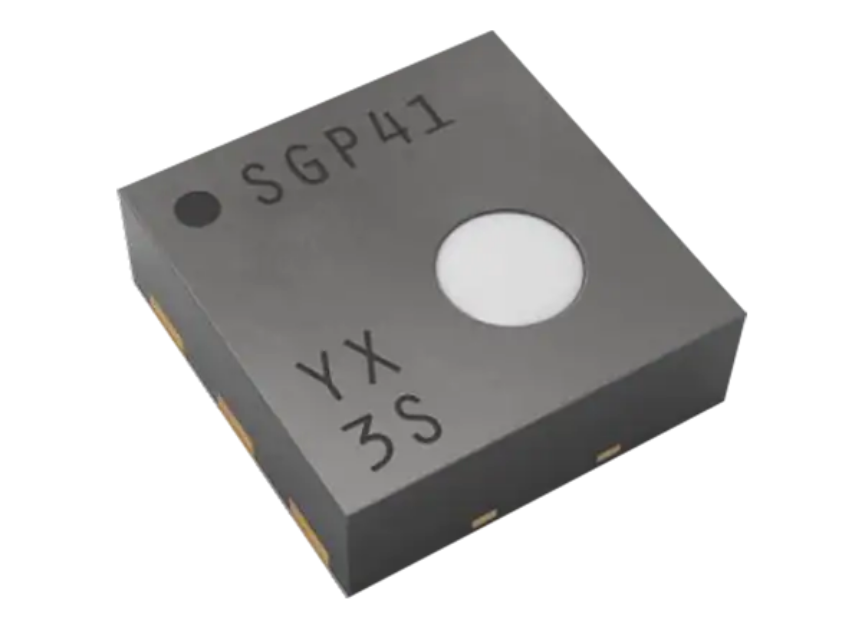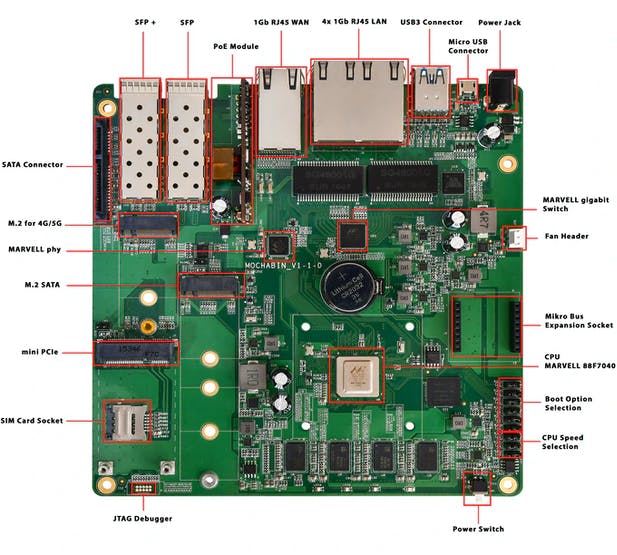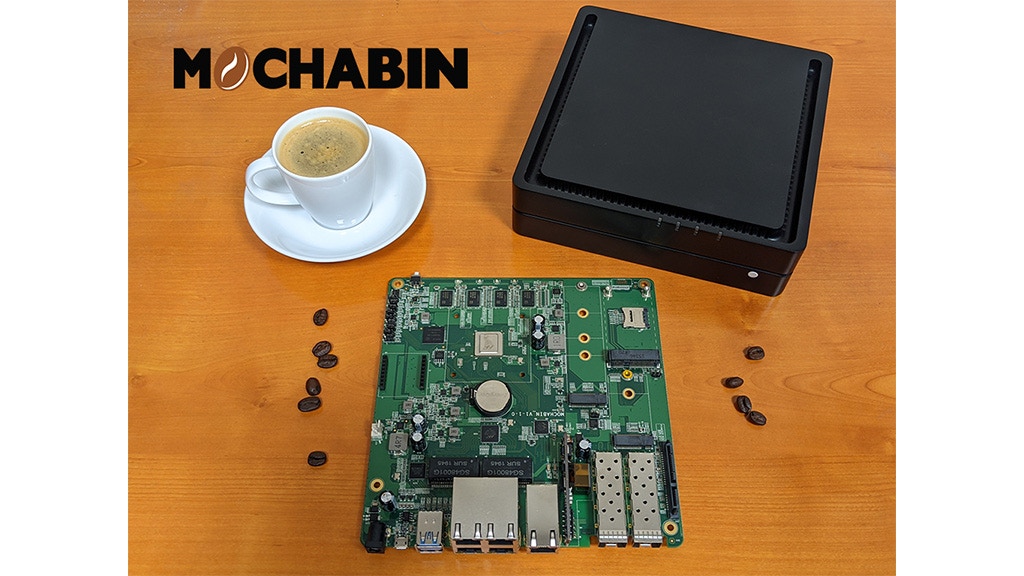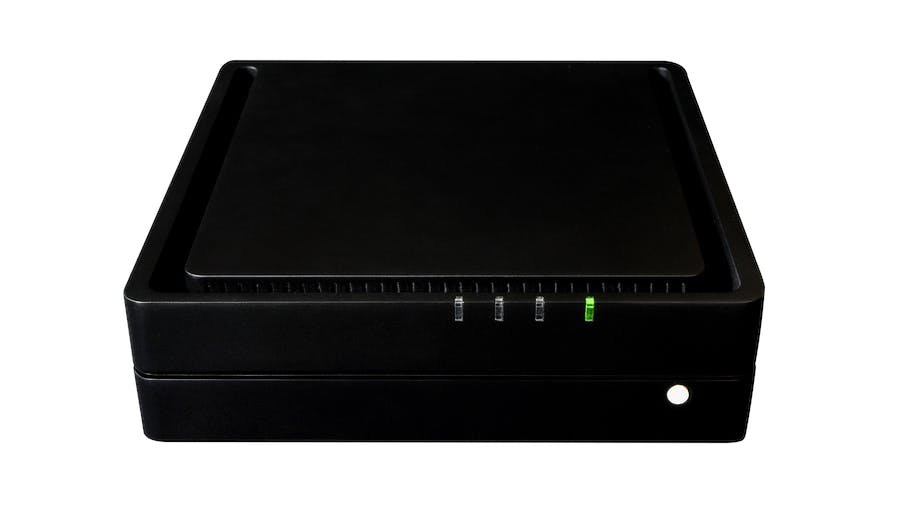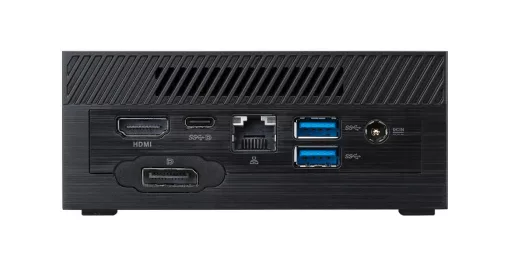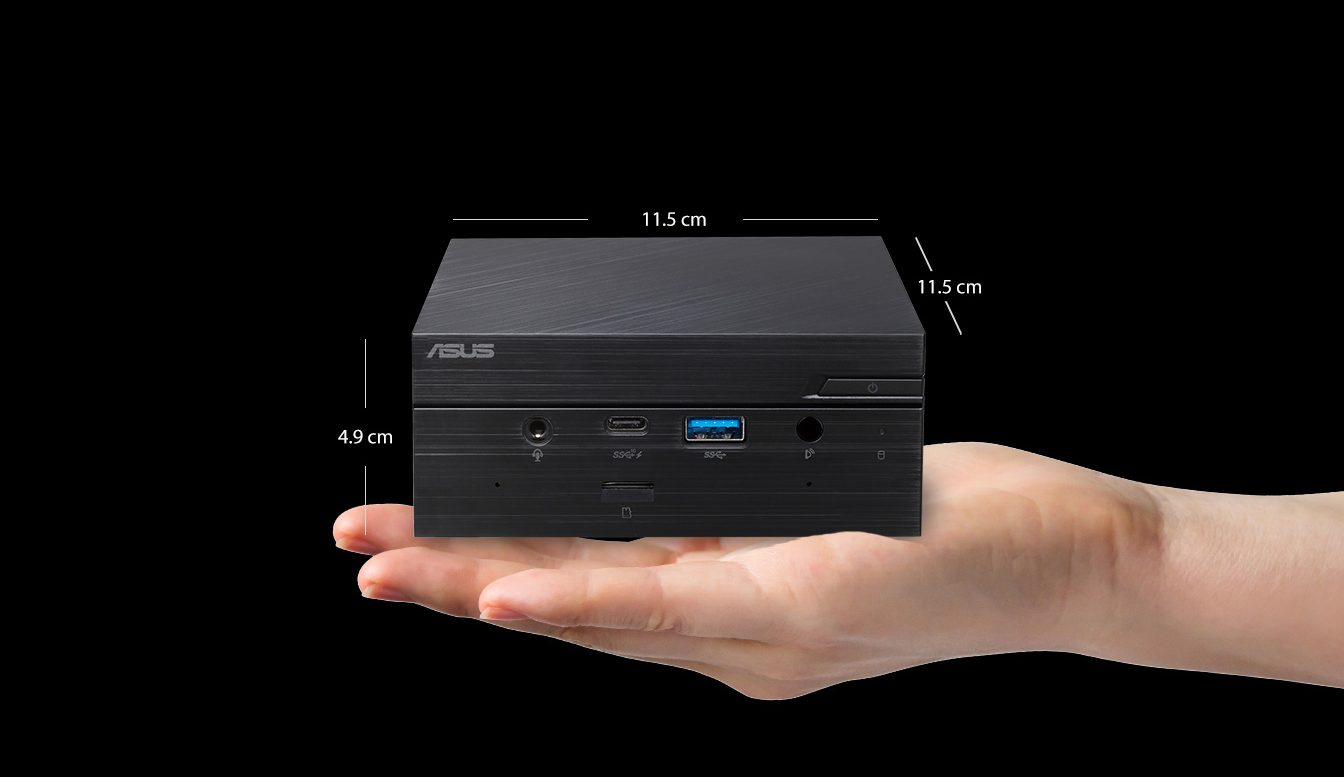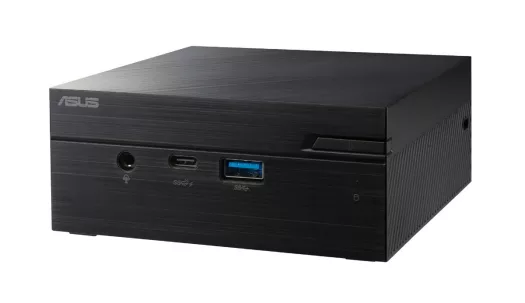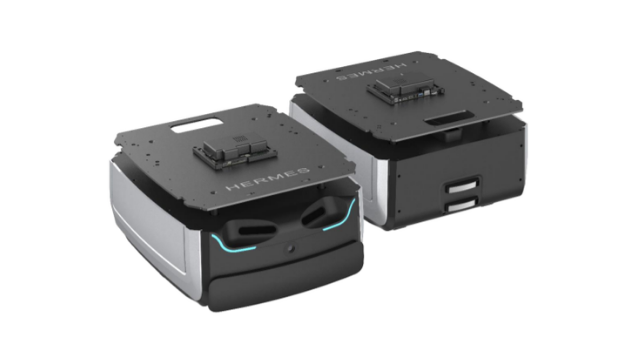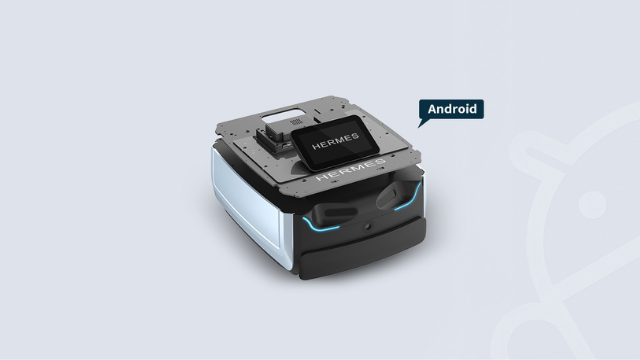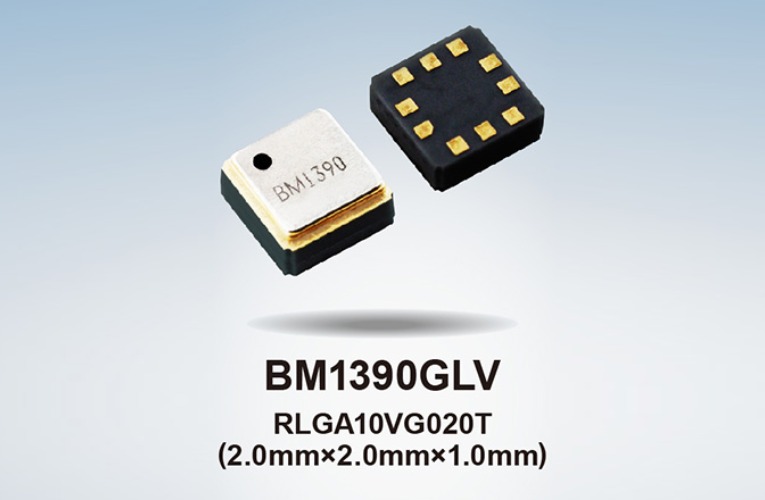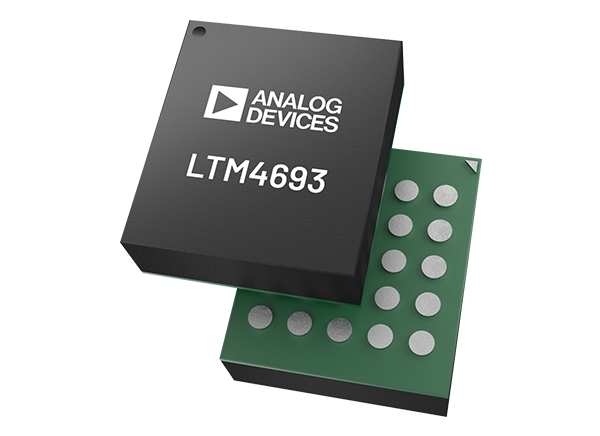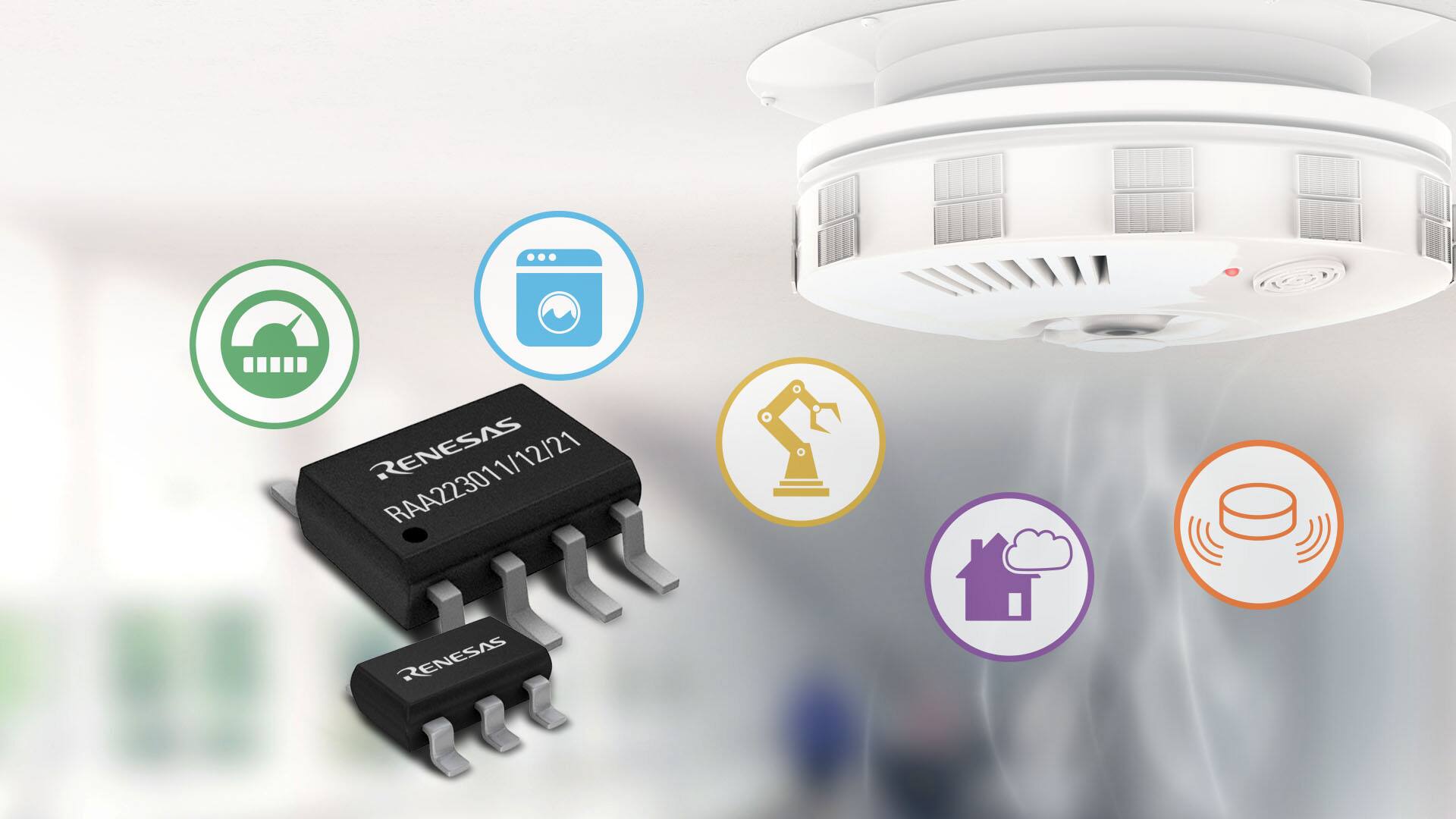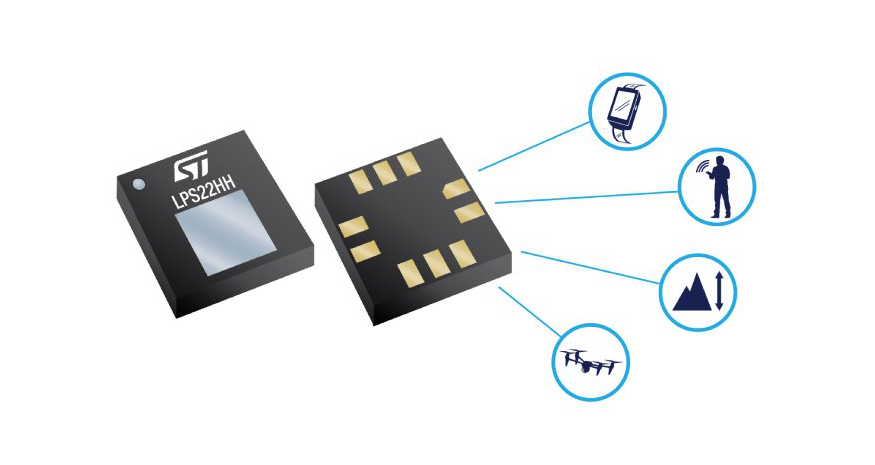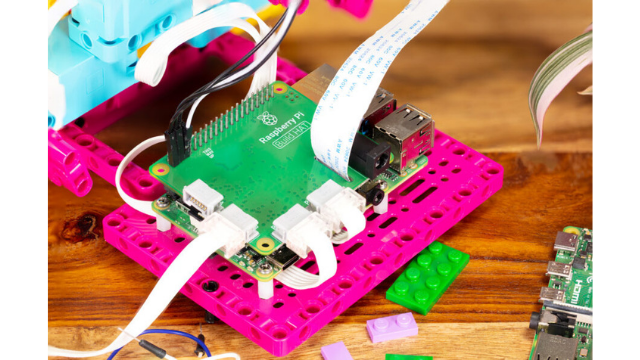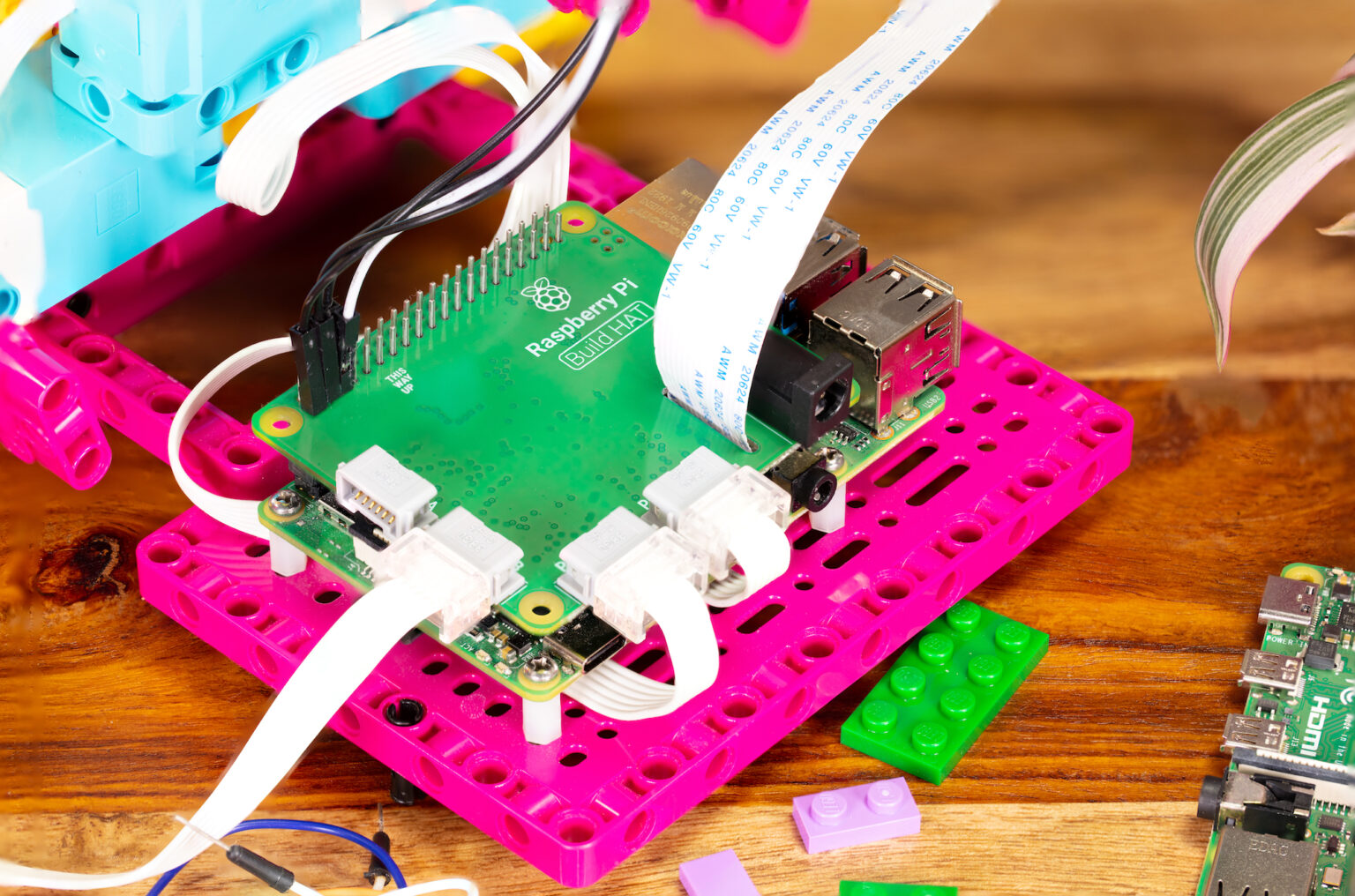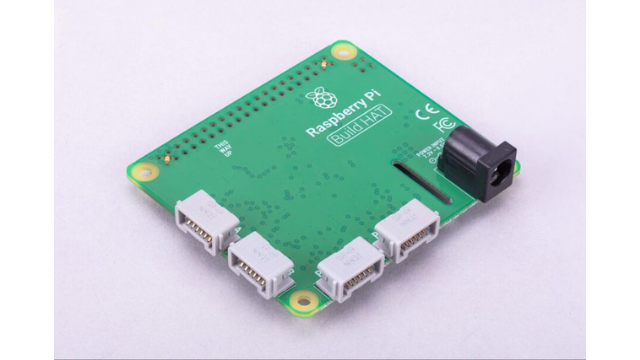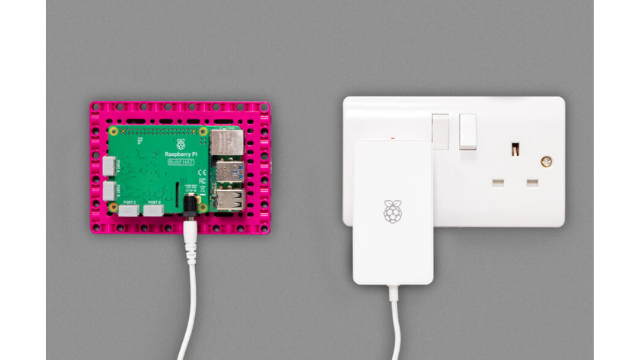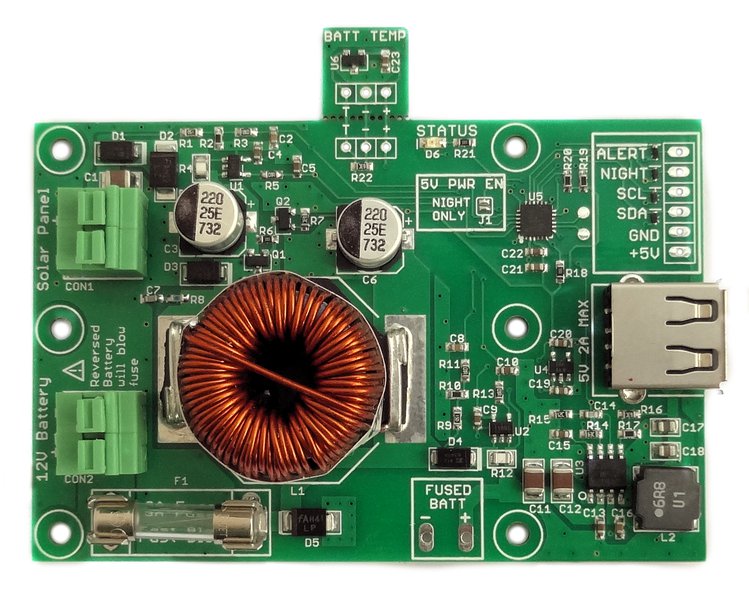
A variety of solar power supplies have hit the hardware market recently. The most recent with the most desirable features is the MakerPower Solar designed by Danjuliodesigns, a Boulder, Colorado-based company to support low-cost, but high-performance IoT and remote systems.
The MakerPower Solar is an intelligent solar battery charger and a 5V power supply built on one board to enable makers, DIYs, and hobbyists to deploy and utilize their IoT and embedded applications off the grid and anywhere. The board is designed to function as a standalone or as a subsystem for monitoring and reporting power conditions. It features a true MPPT algorithm which enables it to extract useful energy under diverse solar conditions.
The MakerPower Solar debuts an Auto-shutdown/Restart with an Alert feature to prevent deep battery discharge, automatically alert, and shut off power where the battery is low as a result of insufficient solar charging. The latter of course is rare to occur due to the novel and specialized design of the board circuitry. That is a plus going by what is common and thanks to its dynamic MPPT algorithm. The board can automatically restore shut power when the battery is recharged. Its shutdown and restart threshold are configurable to meet the user’s systems requirement which is another plus to the system since flexibility allows for a wide range of applications.
Another smart feature of the board is a Watchdog Timer to power cycle attached and remotely located systems when enabled if the system does not periodically reset the timer. The MakerPower board also includes an optional Night-only power mode to power light during darkness, and an I²C interface to enable the power system to form part of the user’s application. It also features an Alert and Night Status signals interface that is compatible with GPIO pins of MCUs or can be used to directly control external circuitry like relay drivers and transistors switch.
Additionally, the MakerPower solar is designed to work with inexpensive 12V solar panels that are available everywhere alongside sealed Lead-acid batteries. Its MPPT charger allows continued energy utilization from the panel even from low-light conditions. The idea behind using Lead-acid batteries is that they are inexpensive than comparable Li-ion and Li-Po batteries, and can operate over a larger temperature range (-20°C – 50°C) compared to 0°C – 45°C of Li-ion batteries.
Key Features and Specifications:
- Dual Outputs:
- 5 V 2 A (10 W) managed output available from USB Type-A socket for plug & play with many devices or from a 0.1” header for direct connection
- Fused and current monitored 12 V (3 A maximum) battery output available from a header
- 12 V Operation:
- Designed for 36-cell solar panels (typical 25-40 W)
- Works with sealed AGM lead-acid batteries (typical 7-18 Ah)
- 35 W MPPT Charger:
- Dynamic Perturb & Observe algorithm
- Three state charging: BULK, ABSORPTION, FLOAT
- Temperature compensation
- Digital Interface:
- I²C slave interface
- Alert logic signal to notify of impending power-down
- Night logic signal asserted when the solar panel is dark
- Detachable temperature sensor for battery temperature monitoring
- Dimensions:
- 85 x 56 mm (same size as Raspberry Pi 3)
- Mounting holes align with Raspberry Pi boards (including Pi Zero)
Danjuliodesigns’s Solar board supports Arduino Library, Linux Daemon, and Dashboard Application. Other details such as documentation, project history, and examples of projects are available on CrowdSupply.
The MakerPower Solar is available for purchase under three product choices at $42 (for MakerPower Solar board), $5 (for wiring kit) and $40 (for 9 Ah battery).


